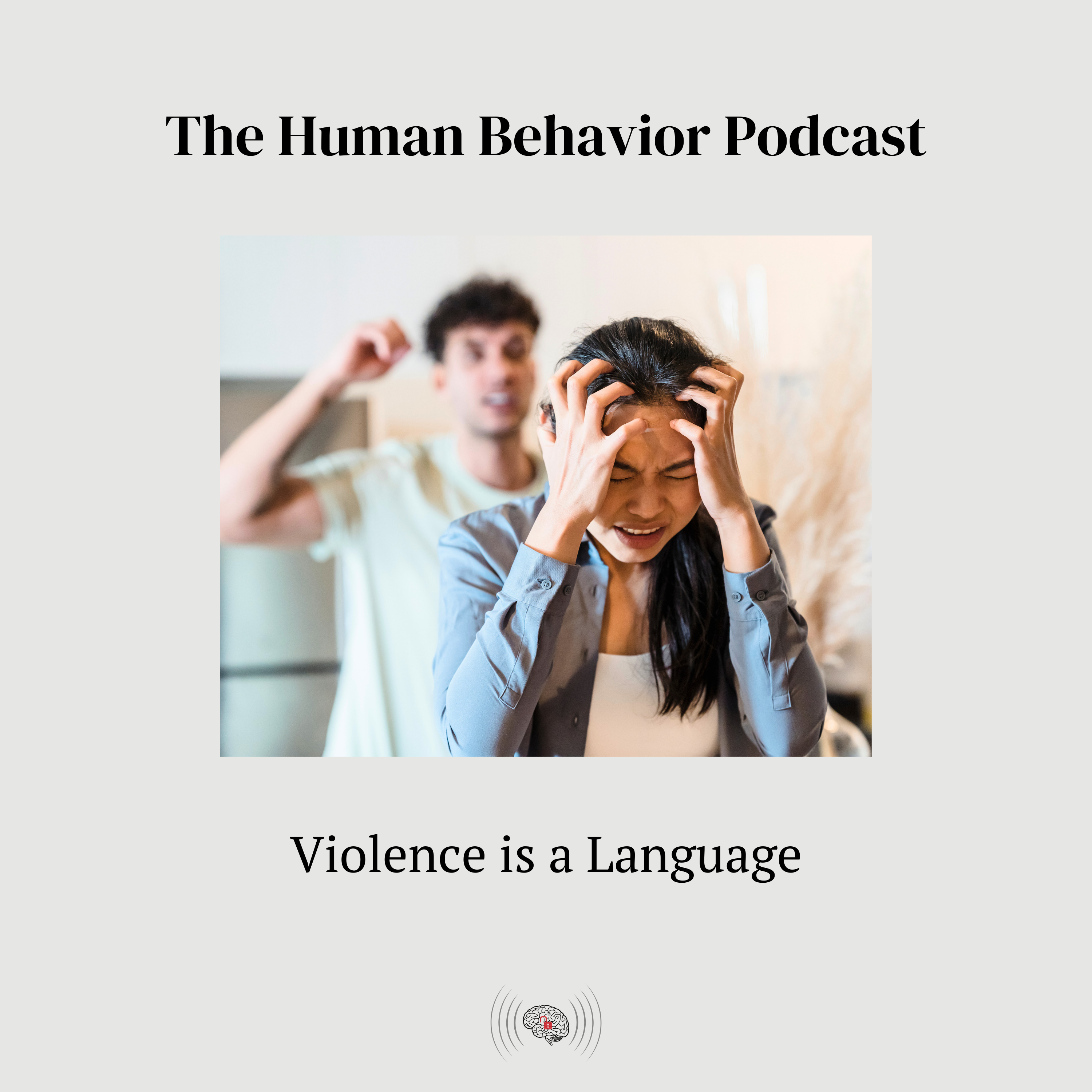Communication is key in all relationships, whether personal, professional, or societal. However, when effective communication breaks down, some individuals resort to alternative means of expression, particularly violence. This podcast episode discusses the idea that violence can be interpreted not merely as an act of aggression, but as a form of language — a way of communicating unexpressed thoughts, feelings, and frustrations when other communicative methods have failed. We explore this concept through various lenses, aiming to understand the nuances of human behavior in moments of crisis and conflict.
The episode opens with a reflection on common situations where people may feel overwhelmed, resulting in violent outbursts or aggression. The hosts introduce the psychological concept of maladaptive coping mechanisms, emphasizing that while violence is not a healthy response, it often becomes an available option when individuals feel powerless or unheard. The discussion leads to the idea that many people desire to express their perspectives more than they seek to impose their will on others.
Listeners are prompted to consider the distinctions between three behavioral categories: acting up, acting out, and acting in. Acting up involves more boisterous or defiant behavior that can draw attention, whereas acting out reflects disruptive actions that may endanger others. Acting in, however, signifies a withdrawal and can indicate deep emotional distress, creating a dangerous scenario where unmet needs and feelings fester. Understanding these distinctions is crucial for recognizing when someone may be on the brink of violent escalation.
One significant takeaway from the conversation is the critical importance of feeling heard. The pair discuss how societal frustrations often lead to expressions of aggression, particularly in an era dominated by social media where individuals may feel isolated despite their large audiences. The message is clear: effective communication fosters understanding and mitigates confrontational behaviors that may escalate into violence.
Throughout the episode, the hosts analyze historical and contemporary events where violence was employed as a language. They investigate real-life scenarios in which individuals felt desperate to make their voices heard and how these situations could have been de-escalated through simpler means, such as effective communication and engaging efforts to foster mutual understanding.
Critical to the discussion is the concept of time and distance, highlighted as a strategy for de-escalation and communication. Recognizing when to step back and allow emotions to settle can be transformative in high-stakes situations characterized by tension. The hosts reiterate that while physical and verbal violence can be obvious expressions of frustration, the insidious nature of emotional harm should not be ignored.
In summary, this enriching dialogue demonstrates that, much like linguistic structures, the language of violence often requires key contextual understanding to decode. It challenges listeners to reconsider initial reactions to aggression, encouraging a more profound empathy for underlying pain and a desire to express. By enhancing our understanding of human behavior and the underlying factors that trigger aggression, we can develop healthier coping mechanisms and communication strategies that can render the destructive language of violence obsolete.

Comments are closed